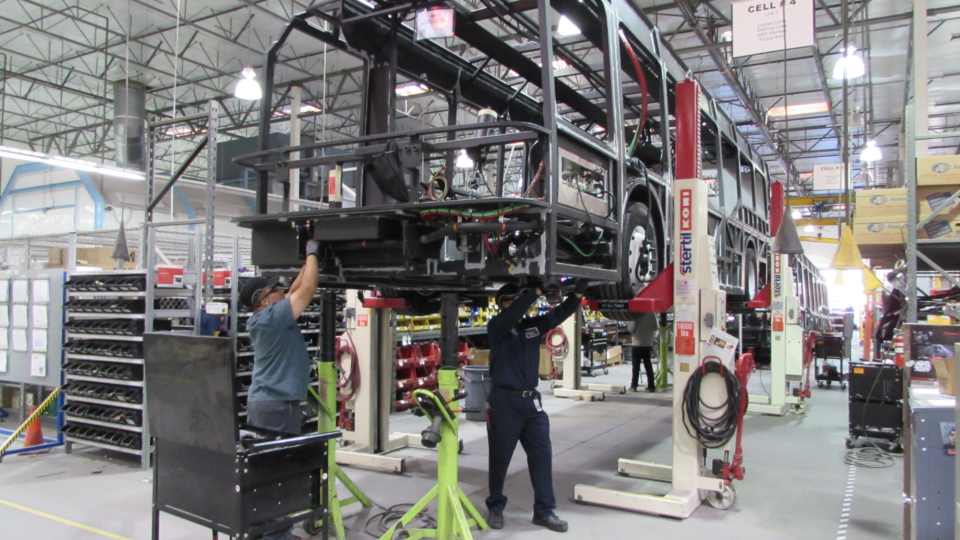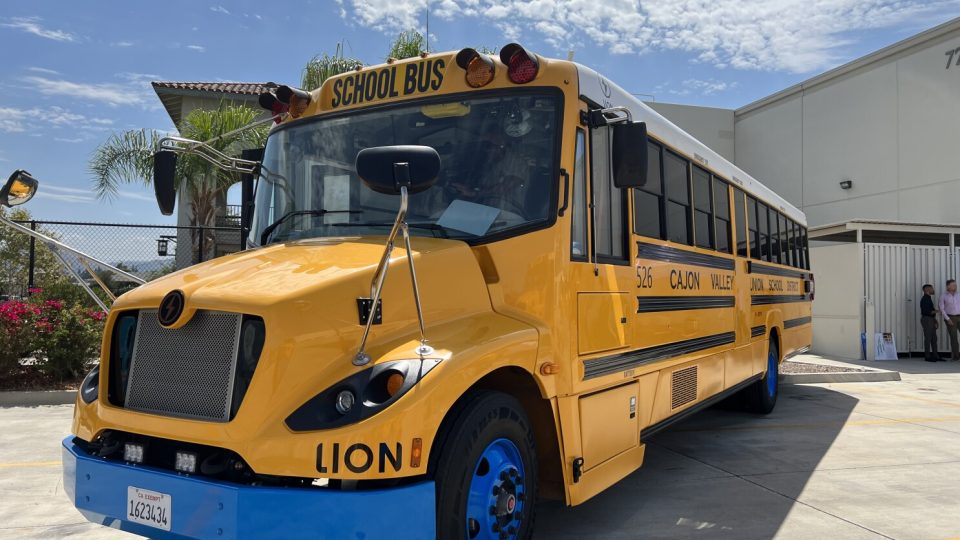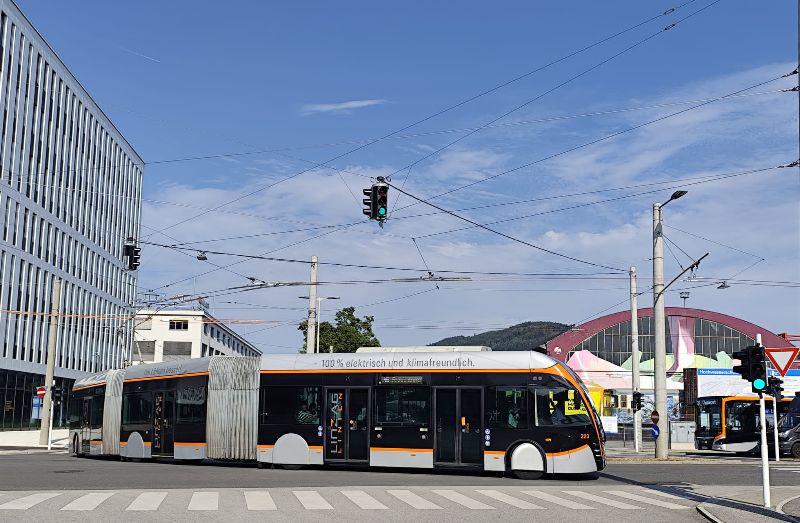On e-bus residual value (and nascent 2nd use market). A commentary
Below, an article published on February 2023 issue of Sustainable Bus magazine, authored by featuring Claudius Jehle, CEO of volytica diagnostics GmbH (bio at the bottom) 2022 has seen the first major used electric bus transactions on European soil. The transaction of a fleet of more than 250 electric buses, some of them in operation for more than two […]

Below, an article published on February 2023 issue of Sustainable Bus magazine, authored by featuring Claudius Jehle, CEO of volytica diagnostics GmbH (bio at the bottom)
2022 has seen the first major used electric bus transactions on European soil. The transaction of a fleet of more than 250 electric buses, some of them in operation for more than two years already, to a new operator was successfully brokered in the Netherlands in December. The total transaction value will have easily reached up to 100 million – and 40% of that was the batteries.
We estimate that about €500 million of bus batteries are driving on European roads, and hardly anyone has any quantitative performance information or projection, beyond an “it’s still working”. Not to speak about breakdown or safety indicators.
Claudius Jehle, CEO of volytica diagnostics GmbH
This transaction was crucially tied to battery performance, this might come as no surprise – no one buys a pig in a poke. Of course, these assets and their batteries are still well within the manufacturer’s warranty of typically 7 or 8 years. Still, we (volytica diagnostics) were asked to contribute an independent analysis together with TÜV NORD.

No battery quality information available, usually
Why? After all, manufacturers warrant a certain quality over a period (or mileage). The progression of the period is easy to track, but when will the battery cross the 2nd warranty dimension, the performance threshold? How valuable is the warranty still, and will a replacement be readily available?
We have actually never found any owner or operator that had battery quality information readily available. The battery seems to be the most neglected and, at the same time, most expensive industrial asset of the age. We estimate that about €500 million of bus batteries are driving on European roads, and hardly anyone has any quantitative performance information or projection, beyond an “it’s still working”. Not to speak about breakdown or safety indicators.
Battery quality information and asset value in 2nd use market
The example in the Netherlands has shown was seems obvious: battery quality information, and independent verification of it, determines asset value, and thus only make the 2nd use market. Every used battery must compete against new ones, and there ist just no such competition without measurable, quantifiable performance indicators.
Luckily, the parties involved in the deal had enough foresight and substantial expertise. Battery data was available for the entirety of the assets’ history – an investment that paid out in hard currency. This data treasure only enabled our partner and us to draw a reliable picture of the assets as there is no technology, and probably there will never be one, that can make any detailed battery analysis in a “one off” inspection.
Take good care of that things!
Claudius Jehle is CEO of volytica diagnostics GmbH; with more than 10 years of experience in Li ion battery diagnostics, he and his team develop easy to use & independent battery diagnostics software for commercial vehicle and stationary applications. With a background in the renowned Fraunhofer Society, he has been active in battery-based public transport consultancy for almost 8 years. He regularly writes knowledge article for Sustainable Bus magazine (the Battery Cycle series).







